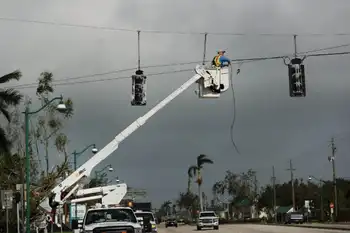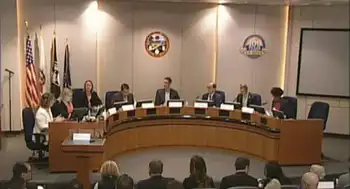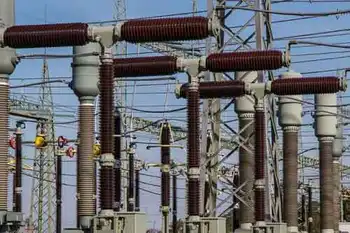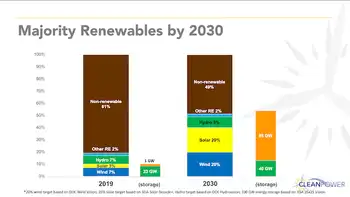Cold storage facility achieves LEED gold status
By National Real Estate Investor
Protective Relay Training - Basic
Our customized live online or in‑person group training can be delivered to your staff at your location.

- Live Online
- 12 hours Instructor-led
- Group Training Available
The property, called ICE II, is situated on 6.78 acres in the Otay Mesa submarket of San Diego, Calif.
Used as a refrigerated warehousing and storage facility for pre-packaged food items, which are stored at 10 degrees Fahrenheit, the facility has a height of 60 feet, can hold 29,000 pallets and has a storage capacity of 7.5 million cubic feet.
"As the owner, general contractor and LEED administrator on ICE II, Hamann Construction is proud to have accomplished LEED Gold Certification after four full years of the design process and 14 months of construction," said Gregg Hamann, vice president and CFO of Hamann Cos. in a statement. "We not only value green building from an environmental standpoint, we value it from an economical one as well."
Energy efficient measures for ICE II provide an annual savings of more than 3.4 million kilowatt-hours and are estimated to save in annual energy costs of more than $408,000 at current prices, according to Hamann.
The interior of the freezer was designed with extremely narrow aisle racking to maximize the use of space. Additionally, efficient goods storage and retrieval is achieved through the use of radio frequency technology and electric forklifts that recharge their batteries with energy generated by the weight of the product being lowered from the racks.
Other energy-efficient features include day-lighting and high-efficiency controllable lighting, a cool roof, increased ventilation, carbon dioxide monitors, reflective concrete, and water re-use and conservation measures, among others. There is also approximately 5,000 sq. ft. of office space.
"Overall this facility is 62% more energy efficient than a baseline cold storage facility," says Phoebe Hamann Jones, a LEED accredited professional with Hamann Construction. "It is able to hold four times more product than ICE's original facility, however, it requires only half as much energy to operate."
Hamann and San Diego Gas & Electric (SDG&E) jointly developed a one megawatt solar photovoltaic system on the roof. The 504-kilowatt Hamann-owned system will produce approximately 883,008 kilowatt-hours per year, providing approximately 36% of the facility's energy requirements. A second 504-kilowatt system, also on ICE II's roof, is owned by SDG&E and will provide clean, locally generated power to the community.
The systems will reduce demand on the grid during peak energy times. Between the entire solar roof system and 10, one-kilowatt wind turbines mounted on the parapet, 73% of the facility's energy will be provided through renewable energy sources.
Each year the energy savings from the combined energy-efficient measures and renewable energy production will prevent 3,683 metric tons of carbon dioxide from entering the atmosphere, according to Hamann.











